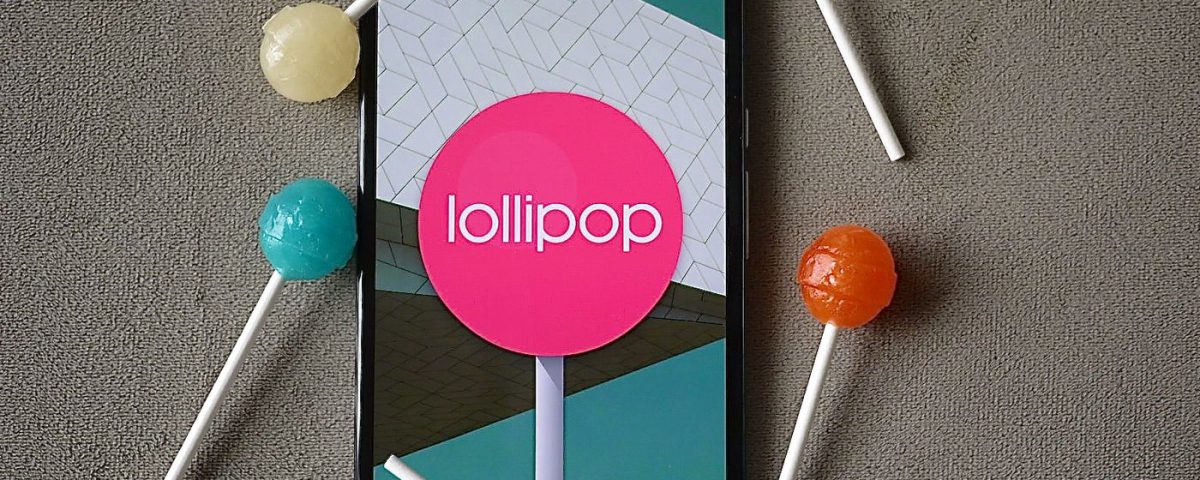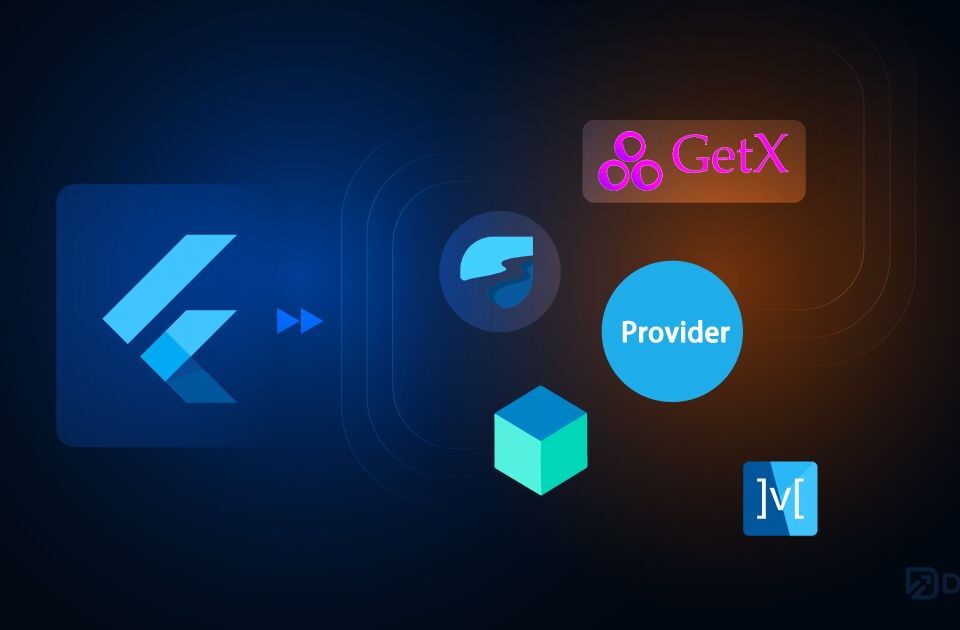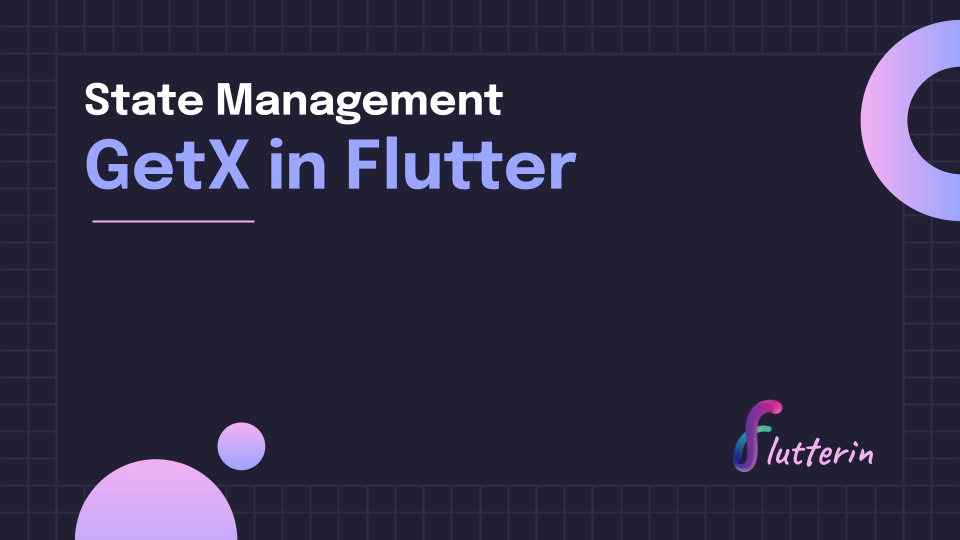A New Notification System

Android Lollipop has a new approach to notifications. In Jelly Bean, Google allowed developers to add expanded information and functionality to notifications. Now, users can access their entire notification list directly from the lock screen. You can swipe down to expand the notification panel to get more information. You can also swipe up to unlock the device.
Google also introduced heads-up notifications that allow developers to add a small box that appears above full-screen apps that users can expand, act on, or dismiss without leaving the app they’re in or opening the full notification shade. Notifications will also sort themselves based on what Google thinks you find most important.
Do Not Disturb and Priority Modes to Filter or Silence Notifications
 EXPAND
EXPAND
We caught wind of this during the developer preview, but now it’s official: Google is (finally!) adding the ability to completely silence notifications for a period of time. You can turn them off indefinitely, or for a set number of hours if you just want to shut your phone up for a meeting or movie.
On top of that, you can also enter Priority Mode. In this state, your phone will only notify you if certain people you specify try to contact you. This can be particularly handy in silencing work notifications during the evening, but still allowing your significant other to get through.
Quick Settings Is Getting a Bunch More Toys
Adding new hardware controls to the notification shade is a beloved pastime on Android. Google added a separate settings shade, but it didn’t have everything we wanted. Now there’s a lot more. You can turn on your phone’s “flashlight” (because we all agreed it’s more useful that way than as a camera flash), hotspot, screen rotation, and even easier controls for turning things like Wi-Fi and Bluetooth on and off.
Unlock Your Phone with Wearables
 EXPAND
EXPAND
In conjunction with Android Wear, Google gave Android phones the ability to authenticate devices with your watch. If your phone is near your smart watch, the phone will not prompt you to enter an unlock code or pattern. However, if you remove the device your phone is authenticating with, your phone require whatever alternative authentication you chose.
Encryption Is Now Enabled by Default
We’ve already recommended that you https://www.youtube.com/watch?v=TRmgMe…enable encryption on your phone right now. Now, Google’s taking the next step and enabling it by default. This should make it much, much harder for someone with nefarious intent to steal data from your phone if you ever lose it.
Multitasking Is Now “Recents”, Now Includes Chrome Tabs
 EXPAND
EXPAND
Google revamped Android’s multitasking interface in a big way. Its now called “Recents” and includes individual tabs in Chrome. The new Recents UI uses a card-style design you can cycle through with a swipe. Because apps and Chrome tabs are treated equally, it makes it easier to navigate between different tasks.
This system also helps clean up the messy way that Android navigates between apps by allowing search results to jump directly into sub sections in apps and treat them as distinct instances in the Recents section.
You Can Now Share Your Phone with Multiple Users
 EXPAND
EXPAND
For complicated reasons, Google elected to keep multi-user support exclusive to tablets for a while. Not anymore. With Lollipop, multiple users can sign into a single phone, just like they can on tablets. Not that most people will want to. But for those that have a pressing need (Google suggests perhaps an emergency where you’ve lost your phone and need to log in on a friend’s?), it’s available now.
“OK, Google” Now Works Even When Your Phone Is Off
This one will certainly be interesting to see when everyone’s phones have this feature. It apparently requires hardware support, which means for now it will be limited to the brand new Nexus 6 and Nexus 9. However, according to Google, any device with support for “digital signal processing” can enable this Moto X-like feature.
The Screen Will Turn On When You Pickup the Phone
Moto X users may be familiar with the surprisingly-useful feature that turns the display on when you pick up the phone. Now everyone can take part. “Where supported by hardware” (an unclear distinction that may refer to anything with an accelerometer or gyroscope), Lollipop will now wake up when you pick up your phone. Or, alternatively, you can tap the screen twice.
The ART Runtime Is Now the Default

With the release of Lollipop, Google is making the ART runtime the default instead of the old Dalvik engine that Android has used since day one. In addition, Google has added support for 64-bit architectures. This should help improve performance on your devices, though it may break compatibility with some apps.
Android Now Has a Battery Saving Mode
 EXPAND
EXPAND
Google mercifully gave developers some new tools to see what is using up your device’s battery and better tools for scheduling tasks so they don’t run down your battery. On the user-end, Google is adding a new Battery Saver mode that you can activate manually, or schedule to activate under certain conditions that will disable certain battery-hogging features when your battery gets low.







